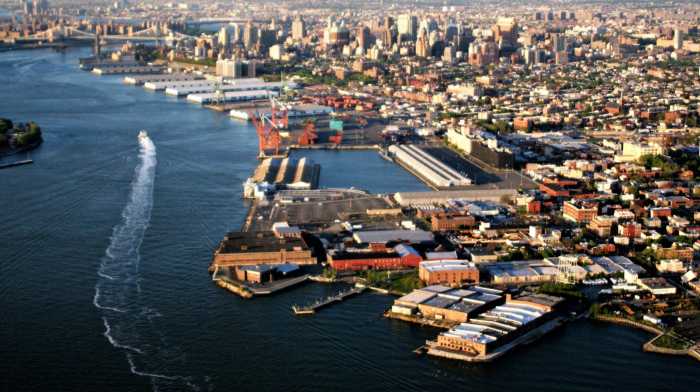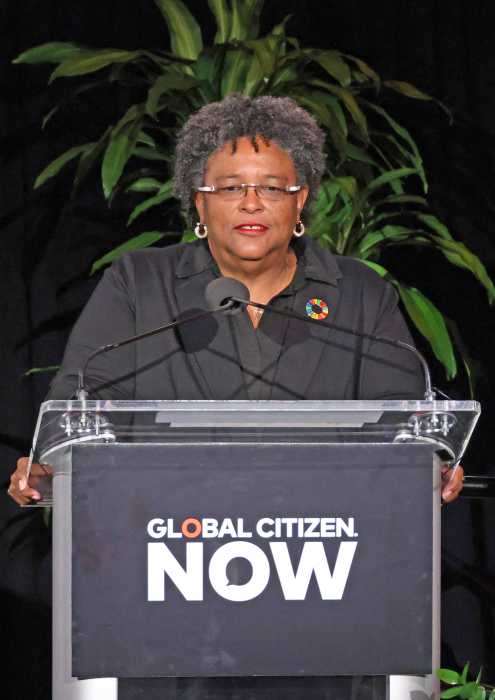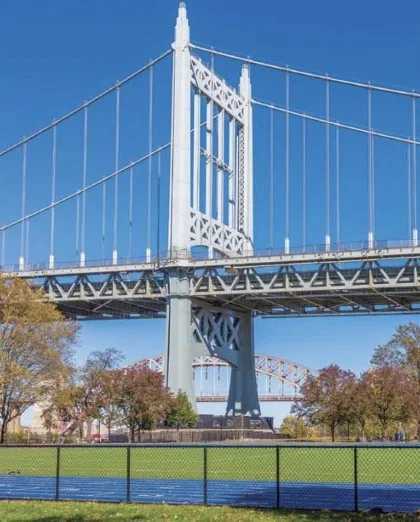Lawyers for a declining number of holdout residents of the Atlantic Yards footprint may have found the silver bullet in their ongoing battle against state plans to condemn properties for developer Bruce Ratner: the state Constitution.
Though the United States Supreme Court opted last month not to hear the tenants’ and property owners’ challenge to the state’s use of eminent domain power to facilitate the Ratner mega-project, lawyers filed suit last week in New York State Supreme Court citing a clause in the state’s Constitution that bars public money from underwriting any urban renewal project unless “the occupancy of any such project shall be restricted to persons of low income.”
Ratner’s development, which is slated to receive hundreds of millions of dollars in direct public subsidies and tax breaks, includes thousands of units of market-rate housing. That appears to be a violation of Article 18, Section 6 of the state Constitution, which was adopted during the Depression.
The latest suit to halt the $4-billion, 16-skyscraper project comes after three federal courts — including the highest court in the land — declined to rule on the plaintiff’s principal argument, namely that state officials agreed to condemn land for Ratner in a “sham” process that touted the project’s supposed public benefits as a “pretext.”
But plaintiff’s lawyer Matt Brinckerhoff believes that his existing argument, coupled with the interpretation of New York’s Constitution, will win the day in state court.
“The language is plain,” he said. “That clause was written during the Depression for the clear purpose of clearing slum conditions with state subsidies and that any subsidized slum replacement must create low-income housing and nothing else. That is what the law says. There is no nuance.”
A spokesman for the Empire State Development Corporation, which has argued that it must use eminent domain to eliminate “blight” around the Atlantic Yards site, declined to comment, citing ongoing litigation. Brinckerhoff said that ESDC would most likely argue that the Depression-era language of Article 18, Section 6 does not apply to the modern Atlantic Yards project.
Briefs are due in November and arguments in the case are expected in January, 2009. That timeline would throw a monkey wrench into Ratner’s stated goal of beginning construction this fall, though that schedule is already in jeopardy due to the economic downturn (see main story).
Eleven plaintiffs were on the most-recent federal version of the case, but that number has dropped to nine. Neither of the two former plaintiffs have sold out to Ratner, according to Daniel Goldstein, spokesman for Develop Don’t Destroy Brooklyn.
“They chose not to be on the suit,” he said.
Goldstein was also hopeful about the chances for the state court suit.
“Ratner and the ESDC want people to believe that the federal courts have all affirmed the project’s public benefits, but none of those courts did that,” he said. “Rather, they simply chose not to rule on the merits.”
Brinckerhoff believes that the state court will.
“This same court, just one year ago, invalidated a proposed [eminent domain] taking on the grounds that it did not have a public benefit,” he said. “That is our argument here.”
























